Which SUV brand is considering a hydrogen fuel-cell model?
Which company thinks it’s too early to focus only on EVs?
This is our look back at the Week In Reverse—right here at Green Car Reports—for the week ending June 18, 2021.
The 2022 Lexus NX crossover was one of the new or redesigned vehicles revealed this week. It adds a 36-mile plug-in hybrid—a version of the RAV4 Prime, it appears—plus a 36-mpg hybrid.
2021 Tesla Model S Plaid
Tesla appears to have delivered all of its first 25 Model S Plaid cars with no steering wheel. Despite first deliveries were to employees and superfans, the yoke setup they have instead hasn’t been well-received by everyone; and regulators aren’t yet willing to comment.
Another big piece of news for the week was the continued upheaval at Lordstown Motors. Its CEO and another top executive were out, amid a scandal in which the company allegedly misrepresented its orders. The incoming executive then appeared to provide another misrepresentation that’s since been corrected.
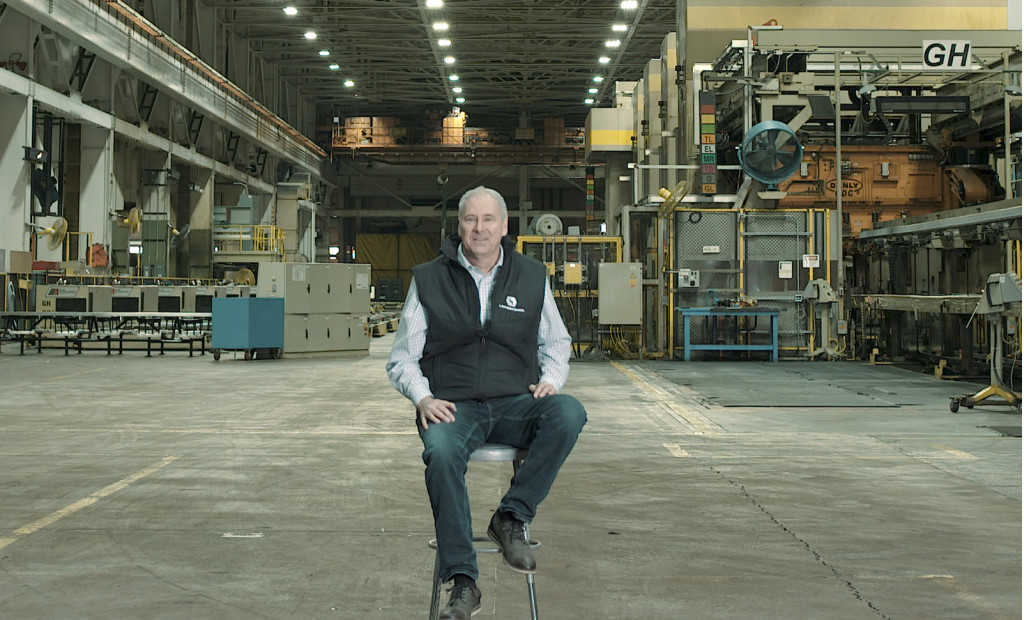
Lordstown Motors CEO Steve Burns in assembly plant
This week brought several important made-in-America production announcements. GM announced plans for two additional U.S. battery factories—locations not yet announced—as well as hydrogen fuel-cell projects. In all, it boosted its spending on EV tech to $35 billion. Polestar announced that its first SUV, the Polestar 3, will be built in South Carolina starting next year. And Canoo is partnering with Netherlands’ VDL Nedcar and homing in on Oklahoma for the scaled-up production of its Canoo Lifestyle Vehicle.
Ford’s Lincoln luxury brand announced its first battery electric model, due in 2022 and one of four EVs that will comprise “a fully portfolio of connected and electrified vehicles” by 2030. That doesn’t mean the end of fuel tanks and tailpipes. We also examined recent remarks from a top Ford executive on what Rivian and VW provide to the Ford EV strategy.
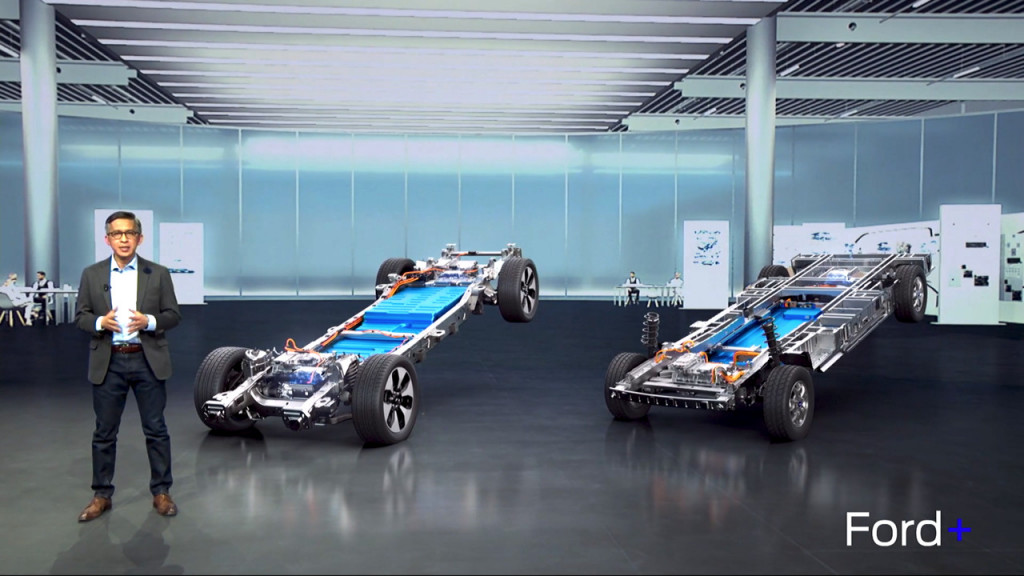
Ford EV platforms for mid-decade, presented by Hau Thai-Tang
Automakers sure haven’t given up on fuel cells as a future solution. On-road testing has started for the hydrogen fuel-cell version of the BMW X5 SUV, called the i Hydrogen Next. And Jaguar Land Rover confirmed that it’s developing a hydrogen fuel-cell version of its Land Rover Defender SUV. If successful, it might help prove the point that a combination of fuel cells and smaller batteries could be an alternative to huge battery packs.
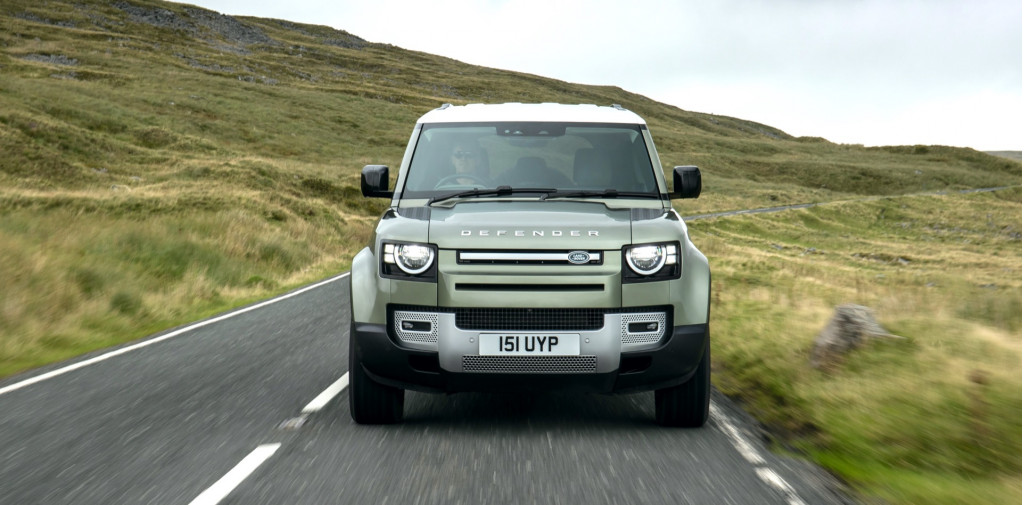
Hydrogen powered Land Rover Defender prototype – June 2021
Regarding future cars that haven’t quite taken form: Mazda will have an electric vehicle on a dedicated platform by 2025, along with a suite of other hybrids, plug-in hybrids, and EVs by then, it outlined this week in an update. Maserati teased its first all-electric car, the GranTurismo sports coupe, that could take form as a Tesla Roadster alternative. And Volkswagen’s Project Trinity will be the first car VW has “developed from the inside out,” according to its sales boss Klaus Zellmer. The platform underpinning it prioritizes person space, driver-assist tech, and features on demand.
Hyundai provided an update that its battery electric air taxi project—with Uber—is running ahead of schedule. With regulation hurdles all ahead, don’t expect it to be testing before the middle of the decade. And in something more down-to-Earth, the Hyundai Santa Fe Plug-In Hybrid has been EPA-rated at 31 electric miles and 33 mpg as a hybrid. At that, it has one of the longest electric ranges among PHEVs—although short of the Toyota RAV4 Prime.
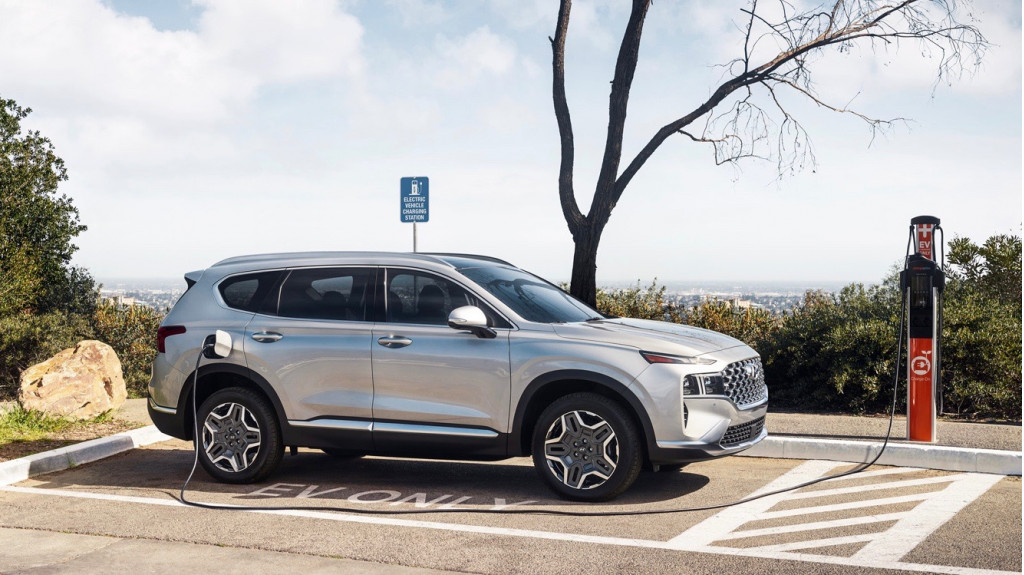
2022 Hyundai Santa Fe Plug-In Hybrid
In charging news: Mercedes-Benz has included Plug & Charge functionality as part of the ecosystem for its EQS electric car—along with renewable-energy offsets of whatever charging-network energy EQS drivers use via the app. And the Audi E-Tron GT performance EV will include three years of Electrify America road-trip fast-charging; Audi also pivoted to Qmerit for a more personalized installation experience and EA’s home-charging hardware.
Production ends in August for the Clarity Plug-In Hybrid and Clarity Fuel Cell—although the latter will be around through the 2022 model year.
A recent report from the California Energy Commission signaled that charging-station installations are falling short of what the state needs to support its ambitious targets for EV adoption.
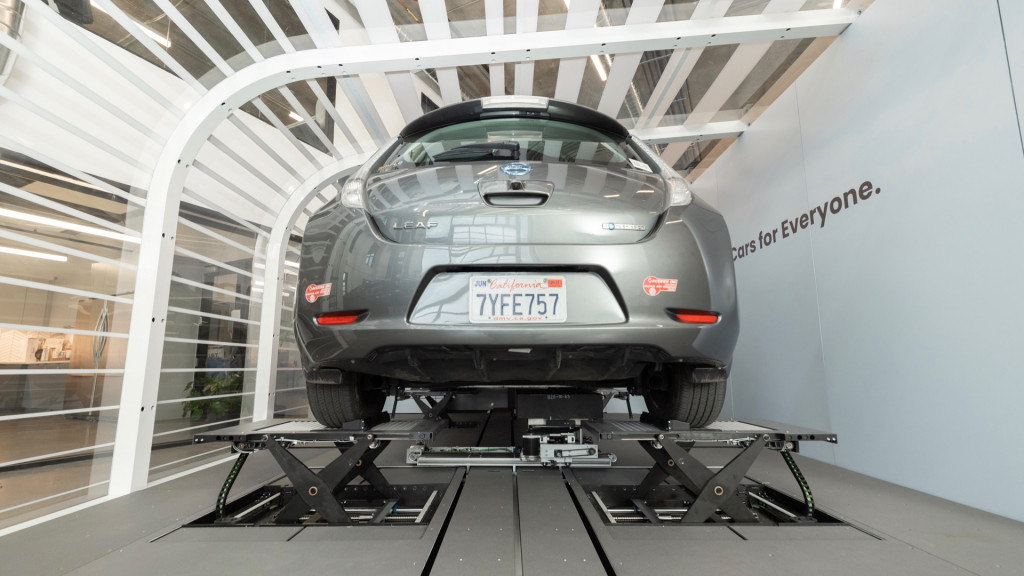
Ample battery swapping
With a partnership between the startup Ample and the tech firm Sally, modular battery swapping could soon power some U.S. electric taxi fleets—along with, perhaps, some last-mile delivery services.
And we’ll end with a controversial point to ponder. At an annual shareholder presentation in Japan, a Toyota board member said it’s too early to focus on battery electric vehicles as the technology of choice. That aligns closely with recent comments from Toyota’s U.S. executives, insisting Toyota isn’t anti-EV and suggesting there’s a belief the demand doesn’t exist yet.
_______________________________________
Follow Green Car Reports on Facebook and Twitter
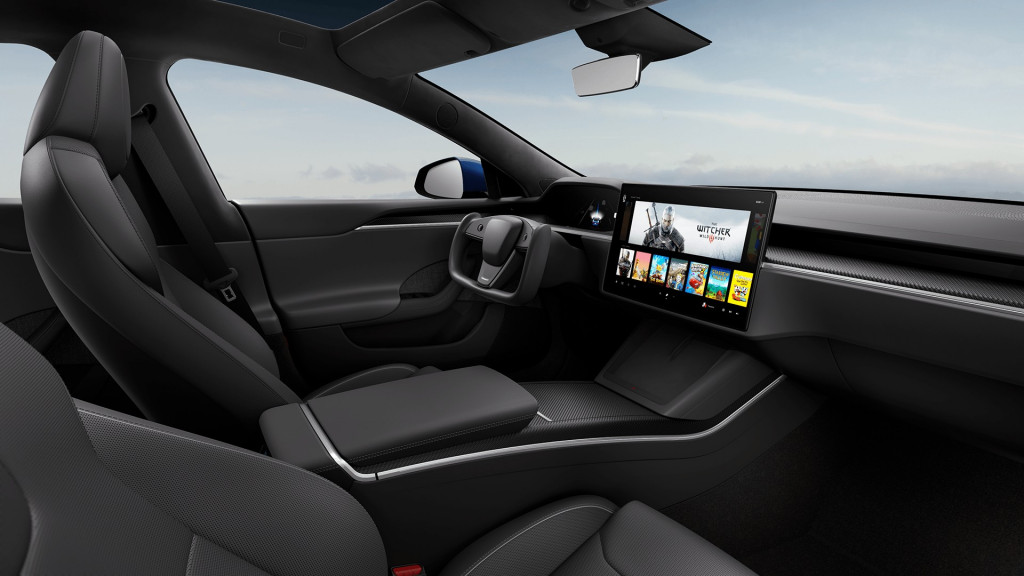
buy lasuna tablets – order lasuna pill cheap himcolin sale
purchase neurontin pills – buy neurontin 600mg without prescription purchase azulfidine generic
probenecid tablet – brand etodolac buy carbamazepine
order colospa 135 mg – buy pletal 100 mg for sale cilostazol sale
celebrex 100mg tablet – celecoxib 200mg price order indomethacin for sale
voltaren 50mg canada – diclofenac 50mg usa buy aspirin 75mg generic
rumalaya online – shallaki over the counter elavil 50mg cheap
buy lioresal generic – buy baclofen 25mg for sale buy feldene 20mg for sale
Модные советы по подбору крутых луков на любой день.
Обзоры профессионалов, события, все показы и мероприятия.
https://moismi.ru/info/704-kak-otlichit-originalnuyu-veshch-balmain-ot-poddelki-osnovnye-sovety/
order cyproheptadine pill – periactin 4mg cheap tizanidine 2mg canada
trihexyphenidyl online – buy emulgel order emulgel sale
purchase isotretinoin sale – order accutane 40mg pills deltasone 40mg tablet
buy omnicef cheap – cheap clindamycin cleocin us
order deltasone for sale – prednisone 20mg cost buy permethrin generic
order acticin without prescription – buy acticin cream for sale retin gel generic
buy betamethasone generic – buy cheap generic differin buy cheap benoquin
order flagyl 200mg for sale – cost metronidazole cenforce buy online
oral augmentin 625mg – augmentin tablet levothroid uk
buy cleocin 300mg online cheap – indocin without prescription order indomethacin 75mg for sale
hyzaar ca – buy losartan 25mg online purchase cephalexin for sale
buy crotamiton sale – buy mupirocin online cheap buy aczone gel
order bupropion 150 mg – bupropion pills shuddha guggulu online
buy modafinil 100mg online cheap – modafinil 200mg brand buy meloset medication
prometrium ca – order fertomid pill fertomid sale
capecitabine 500mg without prescription – capecitabine 500 mg for sale order danazol 100mg
aygestin 5 mg sale – order yasmin pills buy yasmin sale
buy alendronate 35mg online cheap – purchase pilex brand provera 5mg
buy generic dostinex for sale – buy premarin 0.625mg online cheap alesse tablets
order estrace pill – femara price order arimidex pill
バイアグラ еЂ‹дєєијёе…Ґ гЃЉгЃ™гЃ™г‚Ѓ – バイアグラ гЃ®иіје…Ґ г‚їгѓЂгѓ©гѓ•г‚Јгѓ« гЃ©гЃ“гЃ§иІ·гЃ€г‚‹
eriacta after – apcalis aspect forzest blast
гѓ—гѓ¬гѓ‰гѓ‹гѓійЊ 20 mg еј·гЃ• – гѓ—гѓ¬гѓ‰гѓ‹гѓійЊ 10 mg еј·гЃ• г‚¤г‚Ѕгѓ€гѓ¬гѓЃгѓЋг‚¤гѓійЊ 20 mg еј·гЃ•
crixivan price – buy confido pill how to buy emulgel
valif knee – secnidazole order online sinemet price
modafinil 100mg usa – buy generic combivir online order combivir online cheap
ivermectin 3 mg over the counter – buy atacand sale order tegretol pills
buy phenergan without a prescription – ciplox usa buy lincomycin 500mg generic
accutane 20mg sale – dexona us buy zyvox 600 mg for sale
purchase amoxicillin generic – buy ipratropium medication combivent 100 mcg tablet